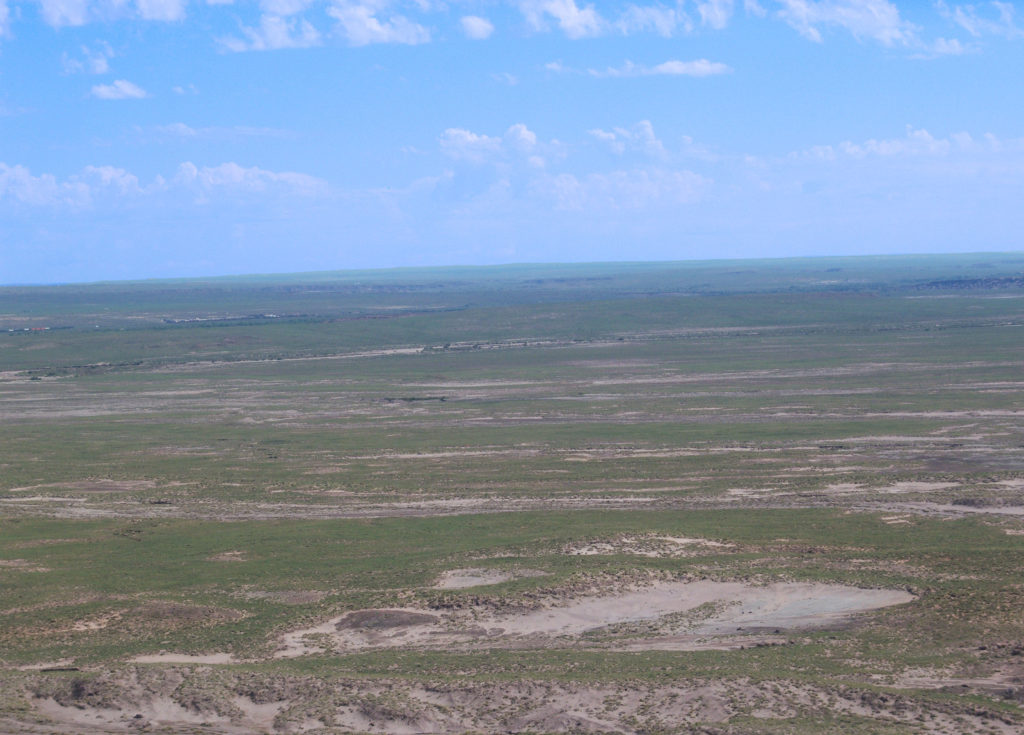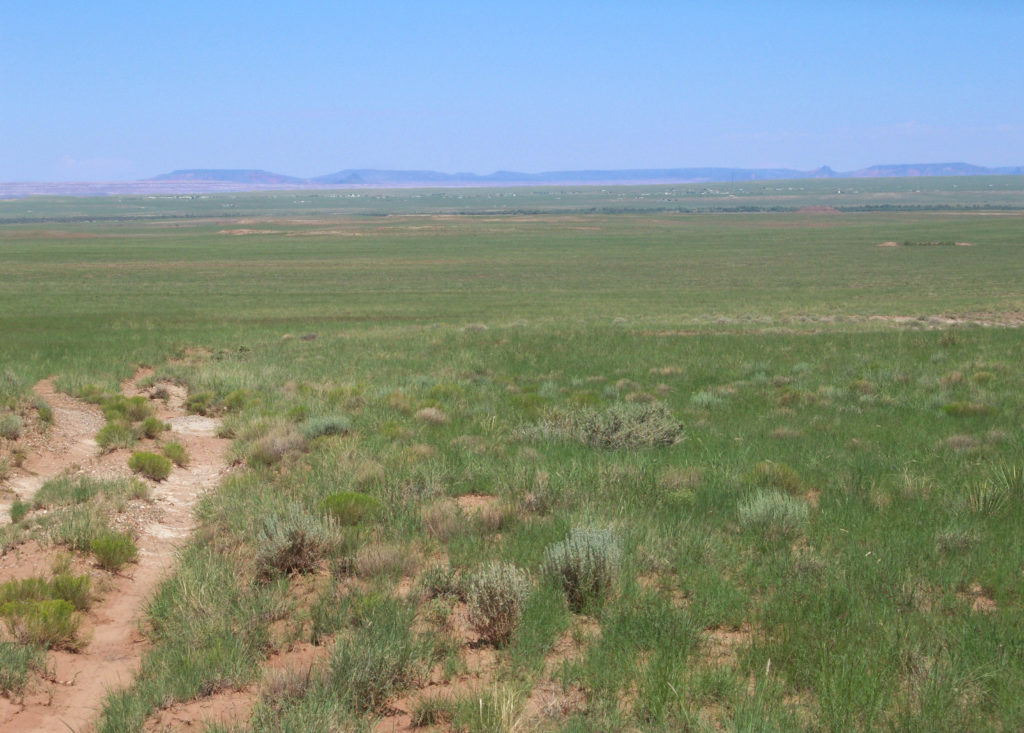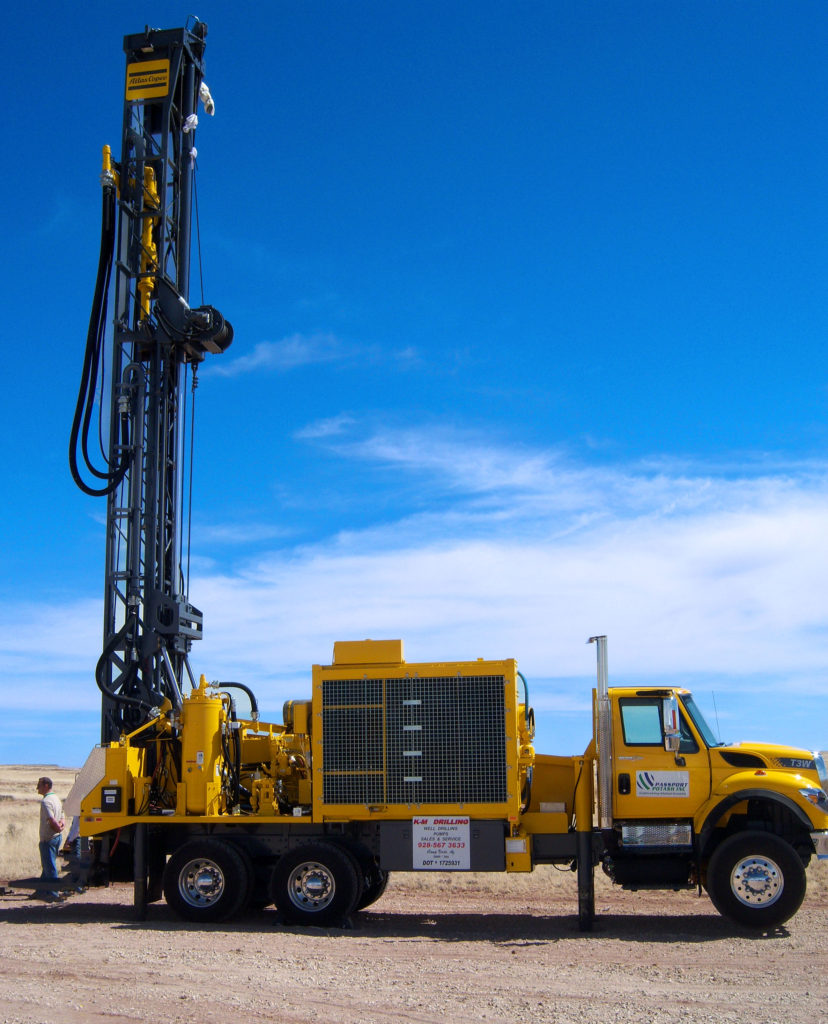What Potash Is – and Why it’s So Valuable
Potash is a fairly generic term for potassium (K) rich water-soluble salt deposits. There are many types of potash, and even more uses for it, but most importantly it’s a vital ingredient of most fertilizers, especially those used for naturally potassium deficient soil.
Potassium is so vital to replenishing farm soil, and the growing of plants with proper strength and nutrients, that 95% of produced potash is used in fertilizers. The other 5% of use include things like:
- Animal Feed
- Soap Manufacturing
- Food Products
- Water Softener
- Explosives (like fireworks)
- Aluminum Recycling
- Pharmaceuticals
- Deicer
- Glass Manufacturing
Mineral resources are just under the surface of this sweeping vista.
In fact, potash is so valuable that approximately 90 million tonnes of it is mined and sold around the world every single year.
The problem is that most potash mines are very deep. Some of the most viable mines in the world are at least 4,400 feet deep. Trying to get to the potash then becomes a difficult mining exercise with high production costs.
Shallow Potash Mining on the Twin Buttes Ranch (TBR)
All I ever knew about potash was that the ranch had some below the surface, and that as a consequence the large aquafer beneath the ranch was salt water…which is pretty useless for a cattle rancher.
So you can imagine my surprise when about 10 years ago I was approached by a company called Passport Potash.
Their research into old uranium mining efforts that occurred in the country before my family ever acquired the ranch had led them to believe that the potash deposits under TBR were unique – and highly valuable – in many ways:
They told me a bunch of things I’d never known about before:
- The potash was very high grade – and we also have both main types of potash (Sulfate of Potash) and (Muriate of Potash) on the ranch
- The deposited layers were very thick and would provide a great deal of potash for some time to come
- The potash deposits were at extremely shallow depths – some starting at just 800 feet!
Mineral Richness in the Holbrook Basin
Although it’s hard to believe looking out at the arid Colorado Plateau of today, long ago the entire country was covered with rainforest and massive trees that would have put California Redwoods in the shade.
Dinosaurs, and other extinct animals, ran beneath the spreading foliage.
Then, everything was covered in a salty ocean. Dinosaurs died and were fossilized, trees fell and were petrified in the mineral rich water.
Or at least we assume so, since TBR has a lot of petrified wood, mineral and rock deposits, as well as fossilized dinosaur bones and sea creatures.
And, of course, vast deposits of potash under TBR.
All of this was discovered after we agreed to let Passport – which at the time was a growing mining and investment concern – to drill several test holes.
Their tests confirmed their suspicions, but unfortunately didn’t increase their business sense.
Passport Potash is no longer in operation, which was a massive disappointment not only to me and my family, but to the entire community of Holbrook and the State of Arizona. Everyone was really excited about the possibility of economic investment, job growth, and just to see the land begin producing again.
For my part I’ve never given up on that dream.
Potash is so terribly important and necessary to the health of the world’s food supply – along with all the other great uses – that I feel it would be a great tragedy not to explore it.
New Mining Technology
Although I’m certainly no expert on the mining aspects of potash mining, I do know that new mining technology, conventional mining and solution mining, does reduce the amount of surface country that’s necessary to put in a high-output mine.
Since TBR is such a huge piece of property, this means that a few potash mining setups using up a couple of acres at most could tap into the reserves, and still leave the rest of the land unspoiled.
This always really excited me, since this means that while potash could be produced from our ranch, the country could be used for other applications as well. Ranching, renewable energy farms, and other clean resources, are all options that come to mind.
If you’re interested in learning more about the potash reserves under TBR – the viability of mining, the other features of the ranch, and more – please contact us to set up a phone consultation.




Wow, awesome blog structure! How long have you been blogging for?
you make running a blog glance easy. The entire glance of your web site is great, as well
as the content material!